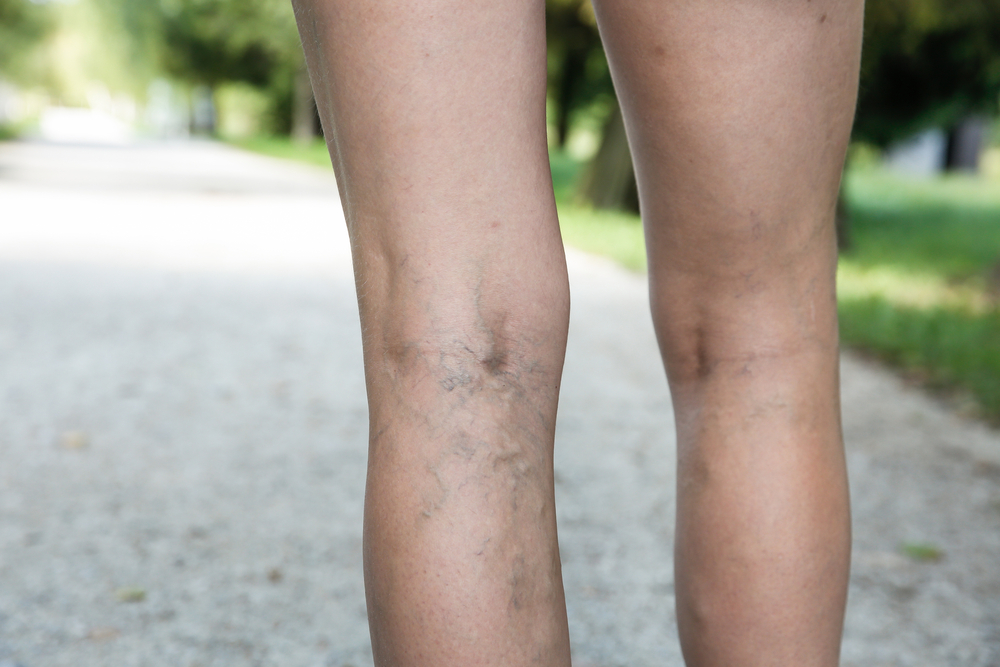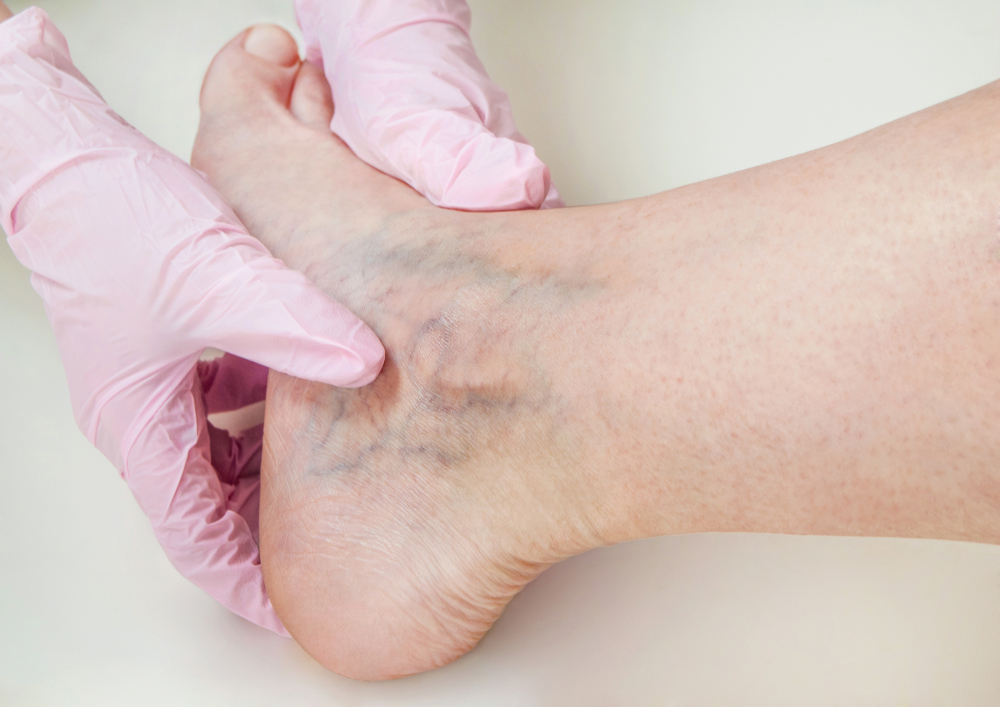Types of Aneurysms
You’re probably familiar with what a brain aneurysm is, but did you know that there are multiple types of aneurysms?
There are three main types of aneurysms originating in different parts of the body:
- Abdominal aortic aneurysm
- Cerebral aneurysm (brain aneurysm)
- Thoracic aortic aneurysm
We’ll examine each type of aneurysm more closely and what you should do if experience one. We’ll also talk about whether you can prevent an aneurysm from happening and how to practice good self-care after an aneurysm occurs.
What are the Different Types of Aneurysms?
Brain aneurysms are the most commonly known type of aneurysm, however, there are three varieties.
An abdominal aortic aneurysm
involves a weakened aorta that starts to swell up. This large blood vessel is responsible for transporting blood to the abdomen, pelvis, and legs.
A cerebral aneurysm
also involves a weakened blood vessel, but these occur in the brain.
There are three types of cerebral aneurysms:
- Berry (saccular)
- Fusiform
- Mycotic
Berry aneurysms are the most common type of cerebral aneurysm and typically affect adults.
A thoracic aortic aneurysm
is similar to an abdominal aortic aneurysm in that it involves a weakened aorta. Instead of the abdominal area, the aorta swells in the chest and diaphragm area.
What are the Risk Factors for Aneurysms?
There are some risk factors that increase your chances of experiencing each type of aneurysm.
Risk Factors for Abdominal Aortic Aneurysms
Some of the risk factors related to an abdominal aortic aneurysm are:
- Gender
- Genetics
- Smoking
- Blood pressure
- Cholesterol
- Weight
Gender
plays a role in your risk of having an abdominal aortic aneurysm. Men are at a higher risk of this type of aneurysm, especially if they also have one or more of the other risk factors. However, women with this type of aneurysm are at a higher risk for ruptures.
Genetics
can affect your risk since a family history of abdominal aortic aneurysms increases your chance of having one.
Smoking
as well as emphysema can affect the health of your blood vessels and increase the risk of aneurysms.
High blood pressure
can put a strain on blood vessels and raise your risk of aneurysms.
High cholesterol
can impact blood vessels as well and increase your risk.
Being overweight or obese
puts additional pressure on your blood vessels.
Risk Factors for Cerebral Aneurysms
Some factors that can raise your risk of having a cerebral aneurysm are:
- Age
- Smoking
- Blood pressure
- Atherosclerosis
- Infection
- Polycystic kidney disease
- Endocarditis
Age can play role in cerebral aneurysms since they mostly affect those between 30 and 60 years old.
Smoking can cause blood vessels to constrict, increasing aneurysm risk.
High blood pressure can put additional pressure on blood vessels and weaken them over time.
Atherosclerosis involves hardening of the arteries which increases the risk of brain aneurysms.
Infection of the arterial wall of the brain can cause a mycotic aneurysm.
Polycystic kidney disease in young adults carries with it a 3-7 percent chance of having a cerebral aneurysm.
Endocarditis can increase the risk of a brain aneurysm although it is a rare complication of the condition.
Risk Factors for Thoracic Aortic Aneurysms
Some of the risk factors related to a thoracic aortic aneurysm are:
- Age
- Serious injuries
- Smoking
- Cholesterol
- Blood pressure
- Atherosclerosis
Age is a factor is risk of thoracic aortic aneurysms as it mostly affects those over age 65.
Serious injuries like trauma from a car accident can possibly cause a thoracic aortic aneurysm.
Smoking can harden the arteries and increase risk.
High cholesterol can weaken blood vessels.
High blood pressure puts strain on blood vessels.
Atherosclerosis involves hardened arteries which plays a large part in thoracic aortic aneurysms.
What Can You Do to Help Prevent an Aneurysm?
If you do have an aneurysm, there is the risk of it bursting and causing a stroke or excessive bleeding, so preventative care is of the utmost importance. Making healthy diet and lifestyle choices are some of the best things you can do to prevent an aneurysm as well as support your overall health and wellbeing.
Some healthy choices you can make to help decrease your risk of having an aneurysm are:
- Follow a heart-healthy diet.
- Manage your cholesterol.
- Manage your blood pressure.
- Quit smoking.
- Maintain a regular exercise routine.
A heart-healthy diet
is great for your overall health but is especially important for preventing aneurysms or any other conditions that are caused by blood vessel issues. Dark, leafy greens are particularly helpful for promoting healthy blood circulation due to their vitamin K content, so be sure to consume plenty of spinach, kale, Swiss chard, and romaine.
Manage your cholesterol
to keep your levels in the healthy range. Avoid saturated fats and eat high-fiber foods like oats, apples, pears, berries, and Brussels sprouts. If your cholesterol is high, talk to your doctor about options to help bring your levels down. They may recommend medications or even natural supplements to help support healthy cholesterol levels.
Manage your blood pressure
to decrease pressure on the blood vessels. Be mindful of your sodium and caffeine intake, as these can raise blood pressure. It’s also helpful to reduce your stress as much as possible so take time each day to do something relaxing. If you’re struggling to keep your blood pressure in the healthy range, talk to your doctor to see if you may need some help from medication.
Quit smoking
since the habit can be rough on the blood vessels and contribute to a wide variety of health conditions.
Maintaining a regular exercise routine
can help decrease the risk of aneurysms in multiple ways. It can help you achieve a healthy weight, improve your cardiovascular health, promote proper blood circulation, and help release stress.
What Should You Do if You Have an Aneurysm?
If you discover that you have an aneurysm, be vigilant about practicing the healthy habits listed above. You can maintain your quality of life with an aneurysm if you take good care of yourself. Poor habits can increase the chance of the aneurysm rupturing. If an aneurysm leaks or pops, it could be fatal, so preventative measures are essential. Be sure to keep up regular appointments with your doctor to monitor the aneurysm for any changes.
Summary
Now you know about the different types of aneurysms and what can increase your risk factors for each. You also know the signals your body may be sending out to tell you that it needs some additional support for your cardiovascular health. You’ve seen how easy it can be to eat your way to a healthier heart. Adding more heart-healthy foods to your diet, moving your body regularly, and taking time to relax each day can help decrease your risk of having an aneurysm or having it rupture.
While a healthy diet and lifestyle are extremely helpful for a strong cardiovascular system, it’s important to seek out professional care if the problem persists. If you’re experiencing symptoms of poor cardiovascular health that don’t respond to diet and lifestyle changes, contact us today to book an appointment.





